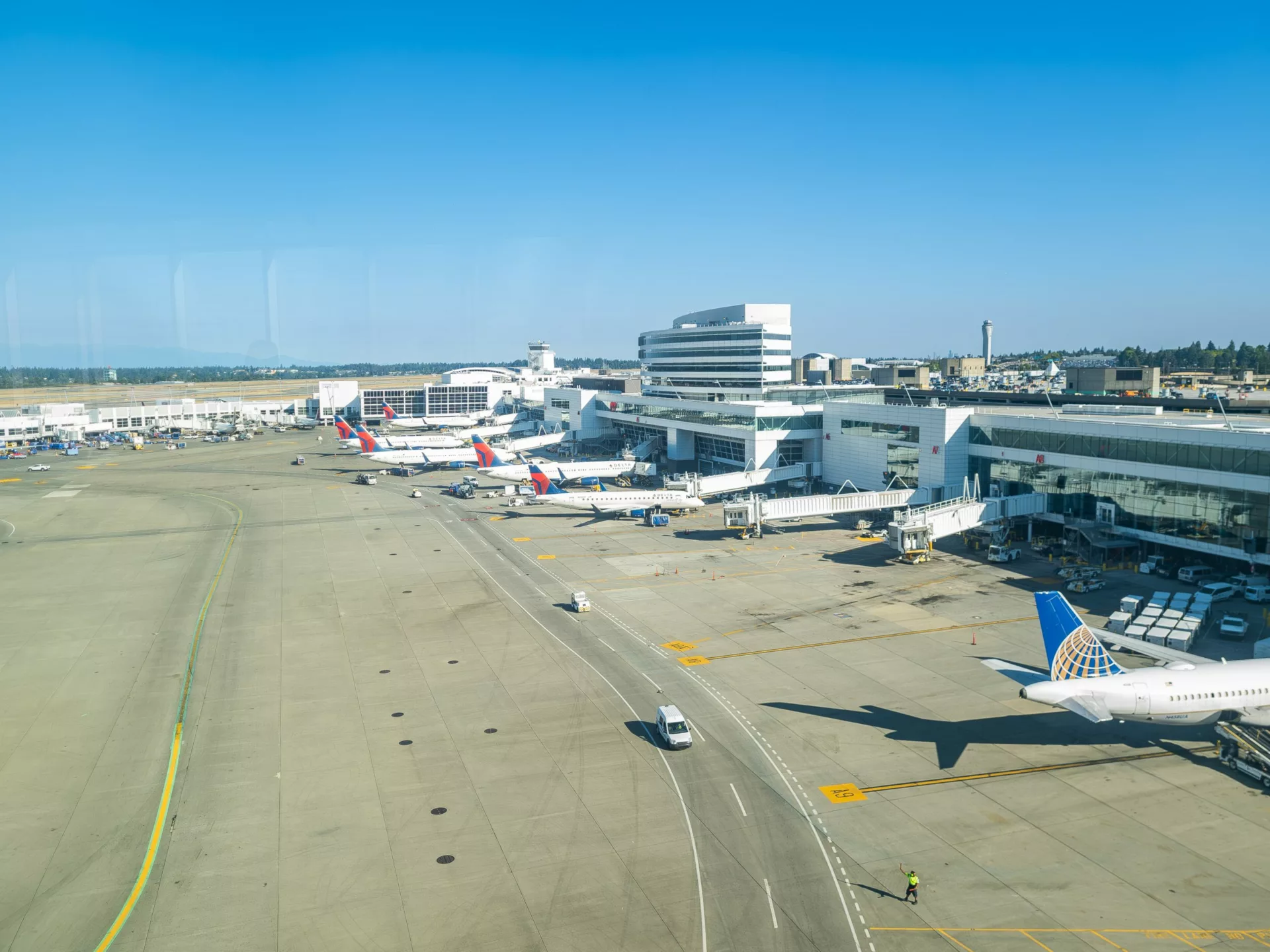The City of SeaTac’s vision for its future took shape through the Envision SeaTac 2044 initiative, a major update to its Comprehensive Plan that will guide growth and development for decades. The project united a multidisciplinary team of planning and engineering experts, including RSG, to ensure regional policy alignment and long-term plan viability. Formally adopted in December 2024, the plan outlines SeaTac’s transformation into a more livable, equitable, and resilient city. It prioritizes growth around urban villages near light rail, expands access to opportunity, and strengthens neighborhoods through multimodal infrastructure and inclusive policy design. Informed by broad community input, the process elevated the standard for how local governments can align regional mandates with community priorities.
The Challenge
Updating the Comprehensive Plan for SeaTac, which lies in one of the Pacific Northwest’s fastest-growing metropolitan areas, required balancing local priorities with overarching regional frameworks. The City had to ensure compliance with Puget Sound Regional Council’s (PSRC) multicounty planning policies and Regional Transportation Plan (RTP), while demonstrating progress on goals like environmental resilience, economic vitality, equitable access, and sustainable transportation.
As expectations around climate action and equity deepened, the City sought expert guidance to navigate the increasingly complex requirements of regional consistency. SeaTac also needed to preserve its local vision without having it overwhelmed by external factors.
RSG’s Solution
To support the City of SeaTac in updating its Comprehensive Plan and Transportation Master Plan, RSG led the development of SeaCast, a new activity-based travel demand model built on the Puget Sound Regional Council’s SoundCast platform and tailored to reflect SeaTac-specific needs. The model introduced improved capabilities for assessing future travel behavior, with greater sensitivity to land use, equity, and multimodal access.
The model was further enhanced with a dedicated airport ground access submodel to reflect the operational complexity of Seattle-Tacoma International Airport. RSG trained City and Port of Seattle staff on using the tool and delivered full technical documentation to ensure long-term, independent usability.
After finalizing the model, RSG collaborated with the consultant team to design performance measures derived from the model’s outputs and applied them to assess three future land-use scenarios. The analysis helped quantify how various growth strategies would impact mobility, emissions, and outcomes for historically underserved communities, ultimately supporting the City’s decision to concentrate future development in urban and neighborhood centers.
By delivering a credible, data-backed foundation for plan evaluation, RSG’s work equipped technical staff and decision-makers with the insights needed to align local goals with regional planning expectations. Our contributions were integral to the plan’s adoption and its recognition with the 2025 Planning Association of Washington (PAW) and American Planning Association (APA) Joint Award. Today, the Envision SeaTac 2044 initiative stands as a replicable model for community-informed, performance-based planning.






